Photos of Drew Brees from the 2015 season. Photos by Michael C. Hebert. New Orleans Saints photos.







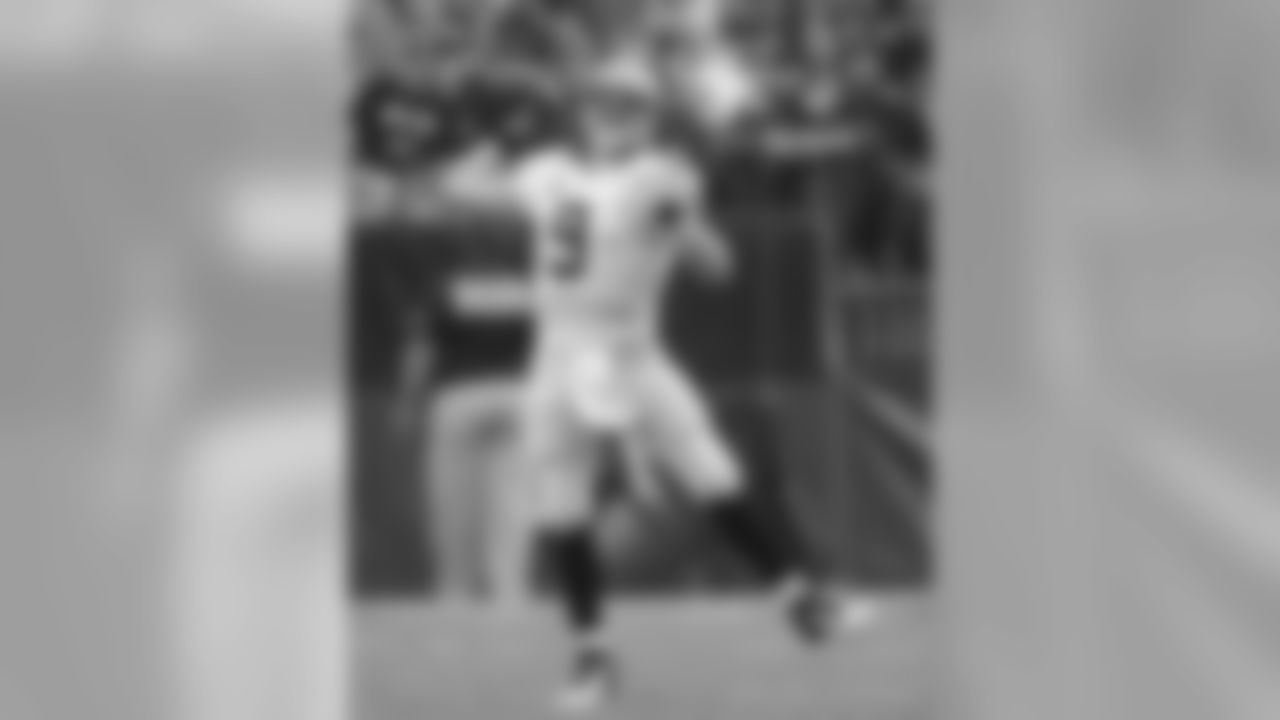











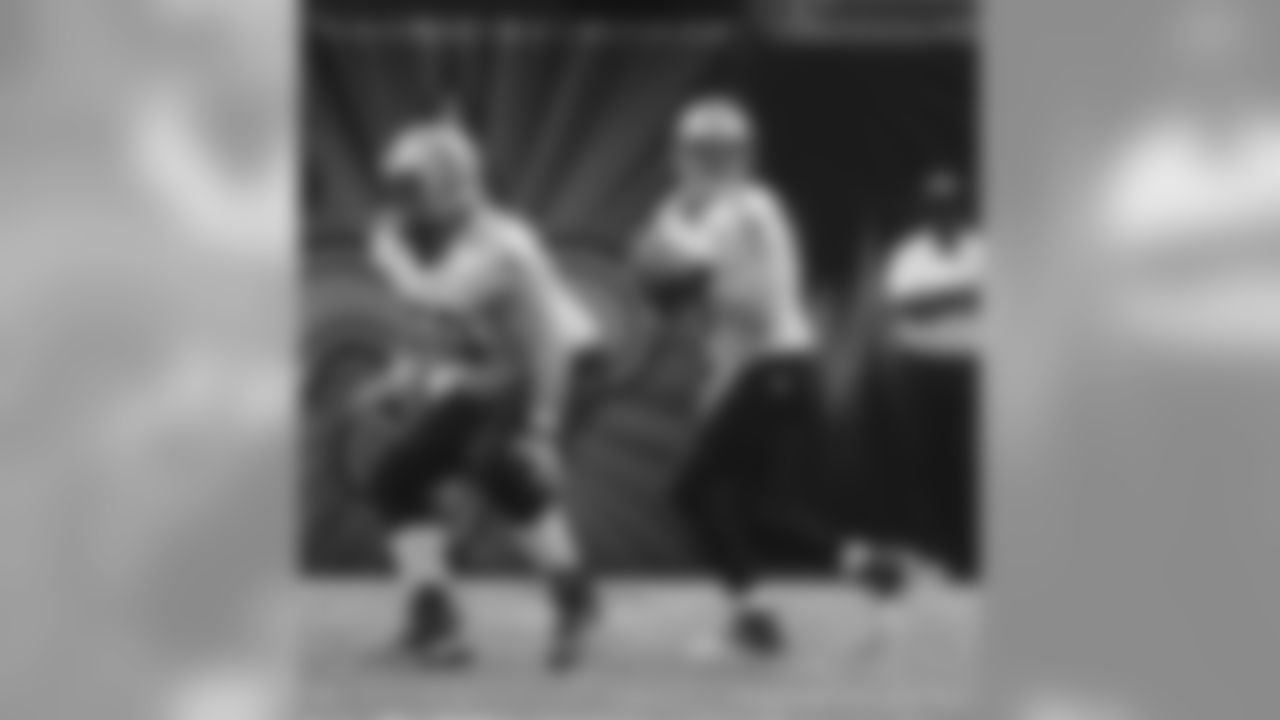

























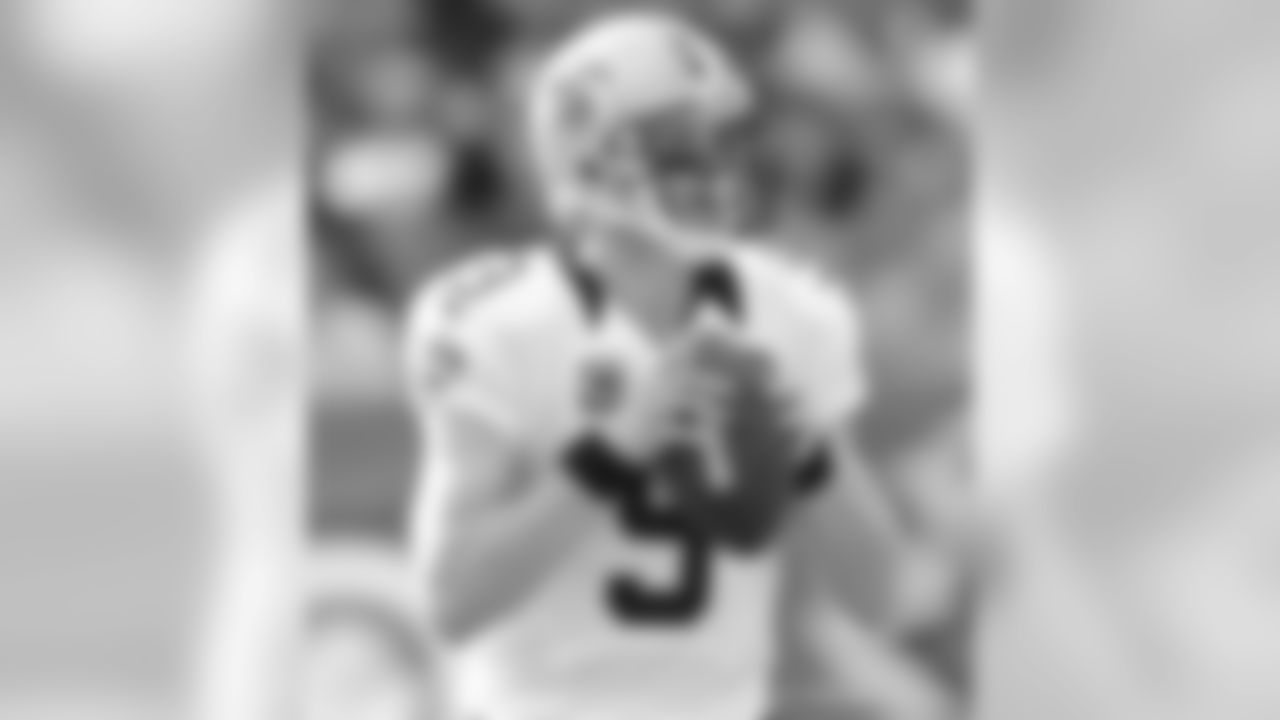










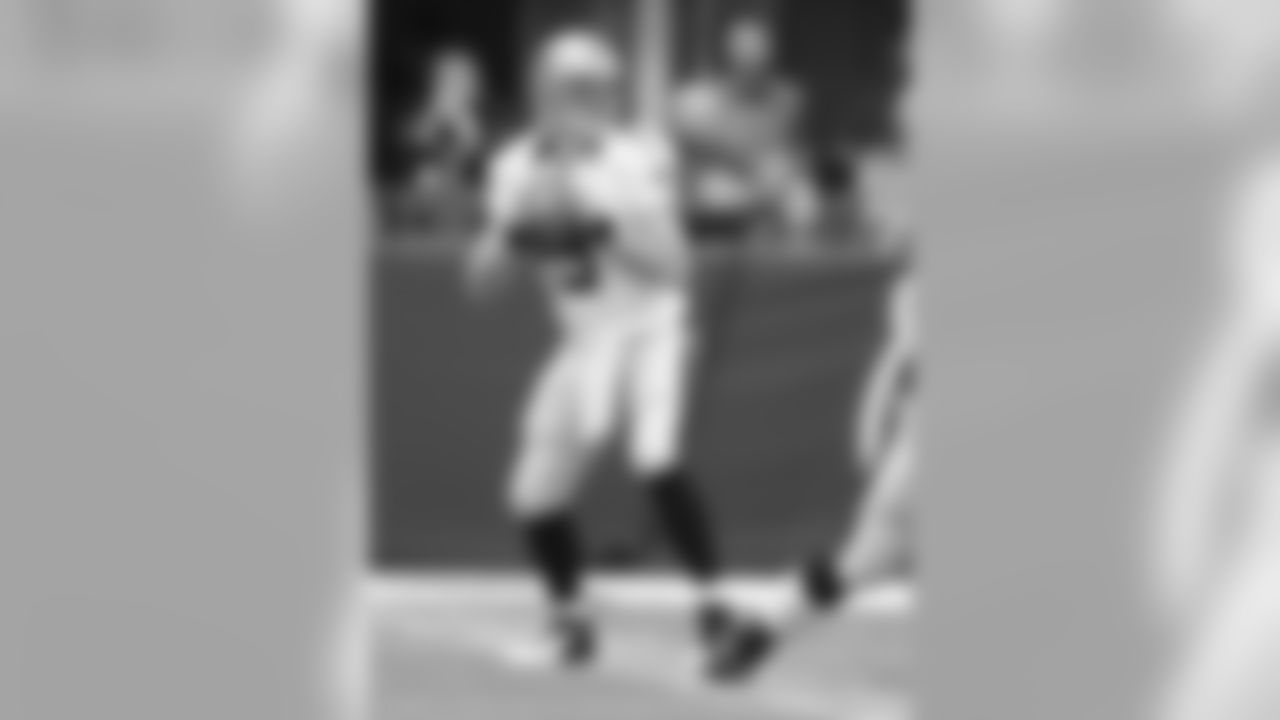



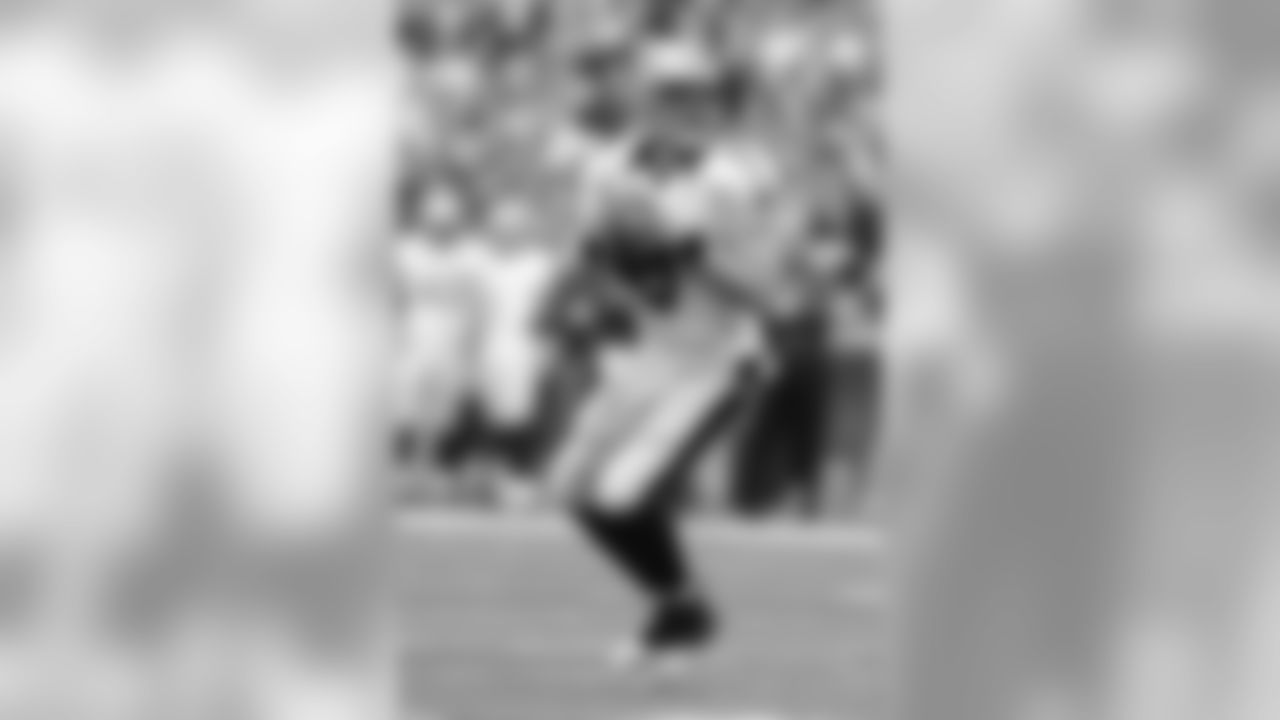











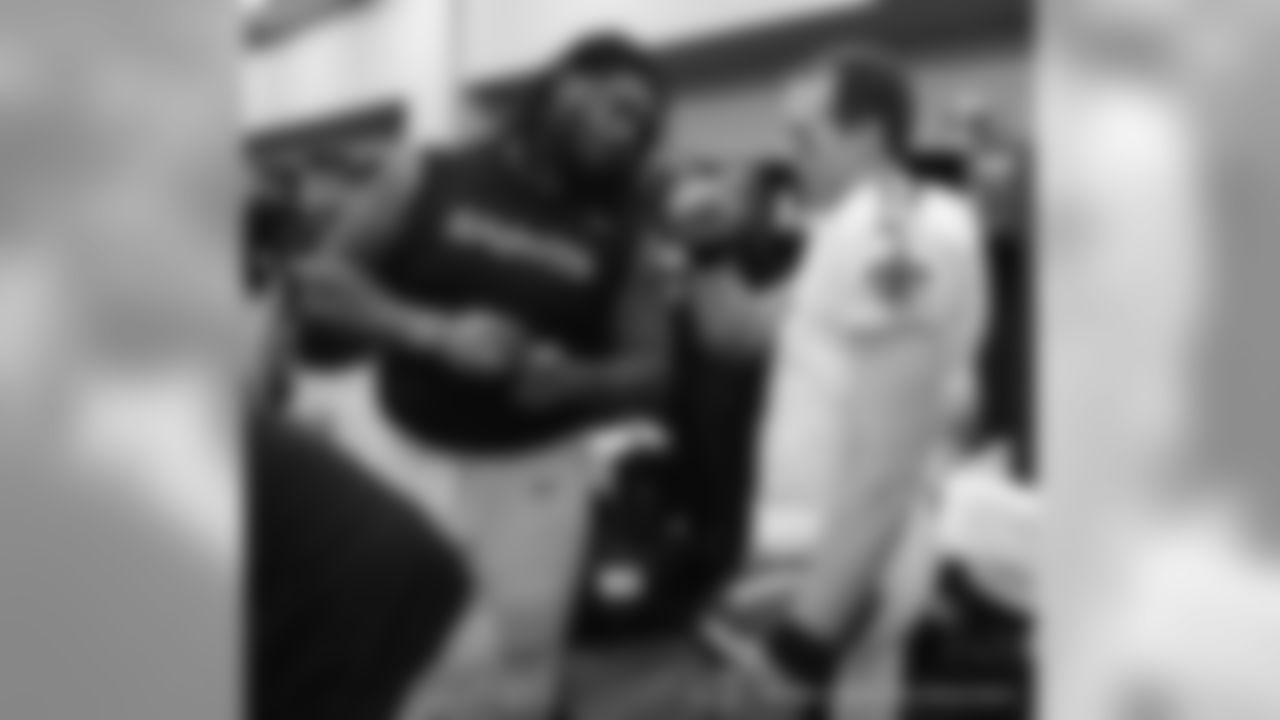




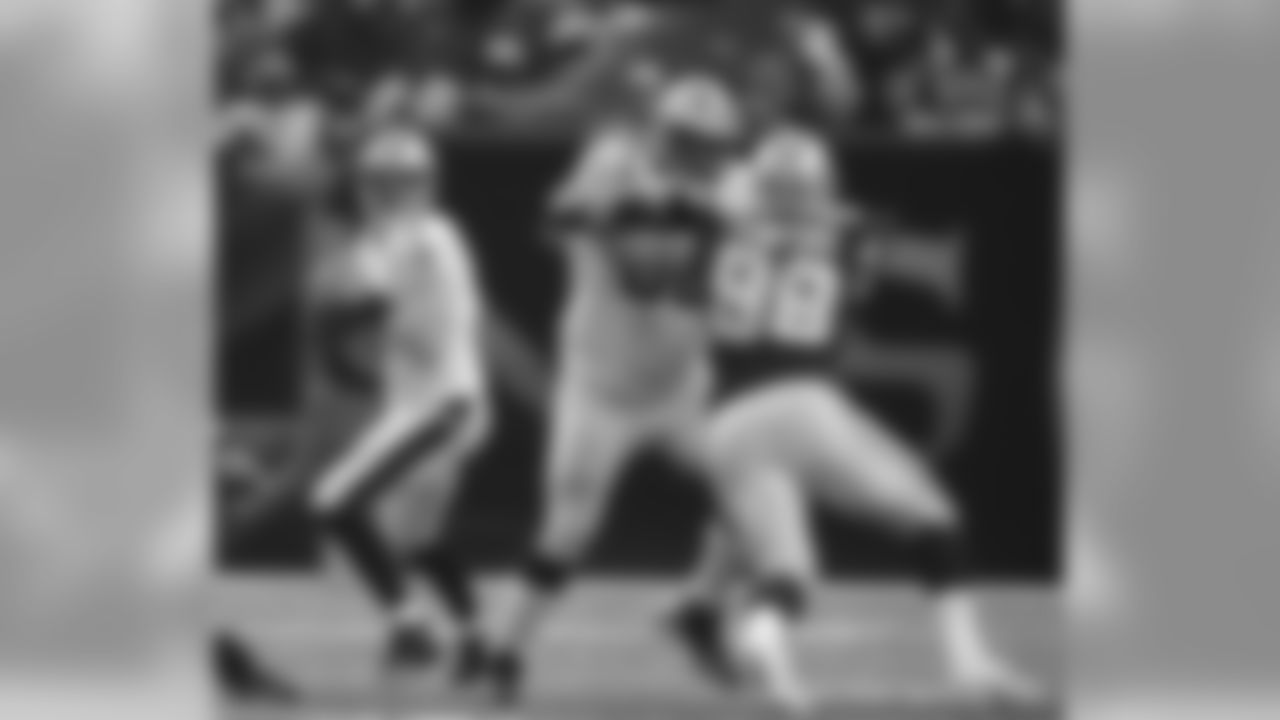




































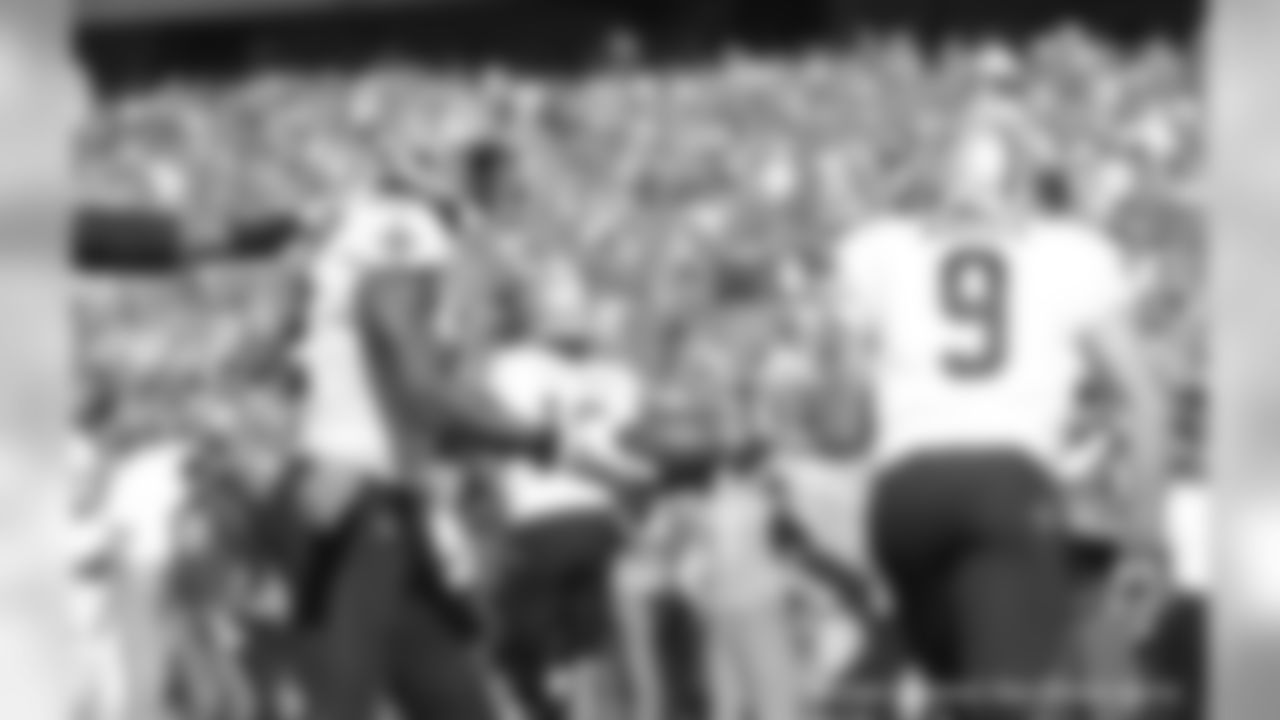









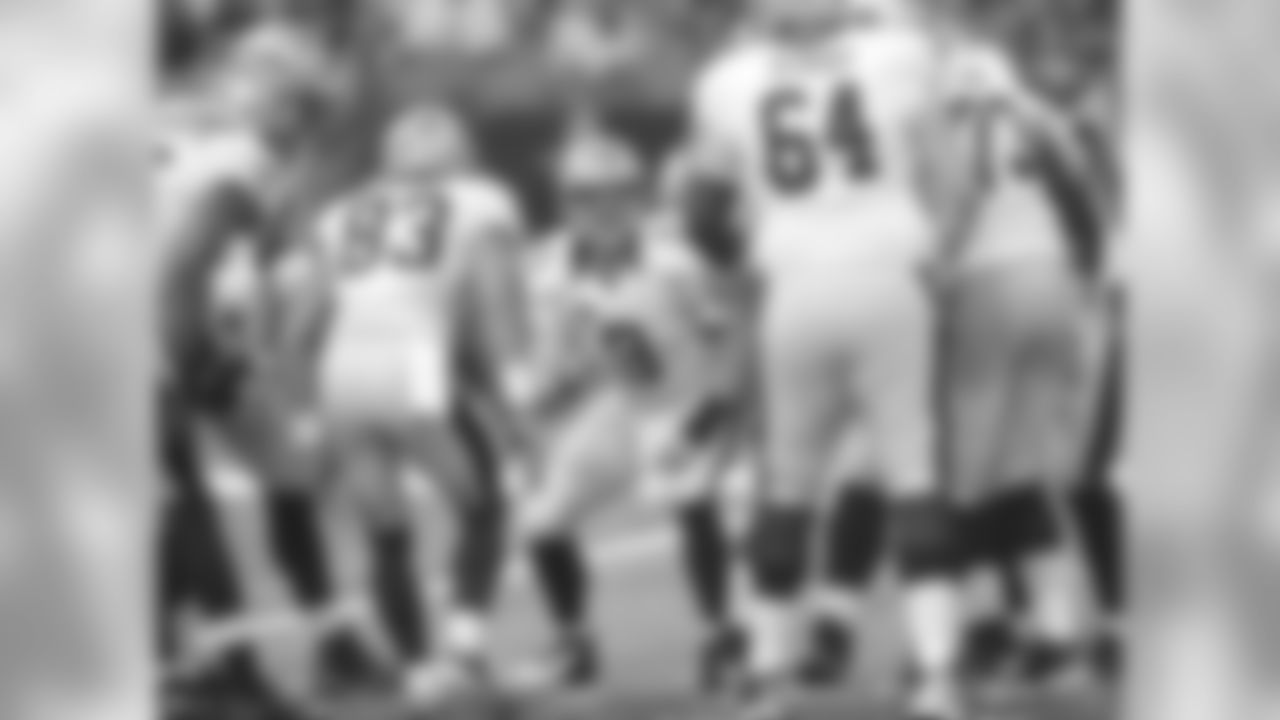














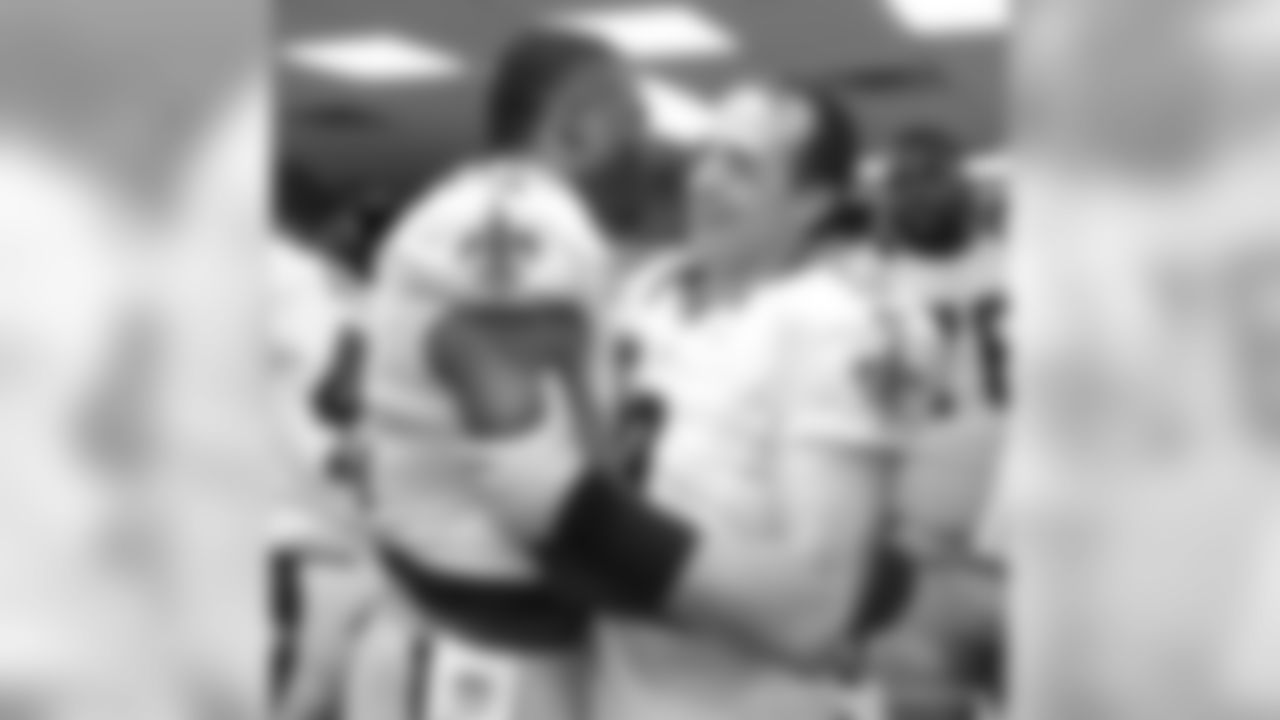




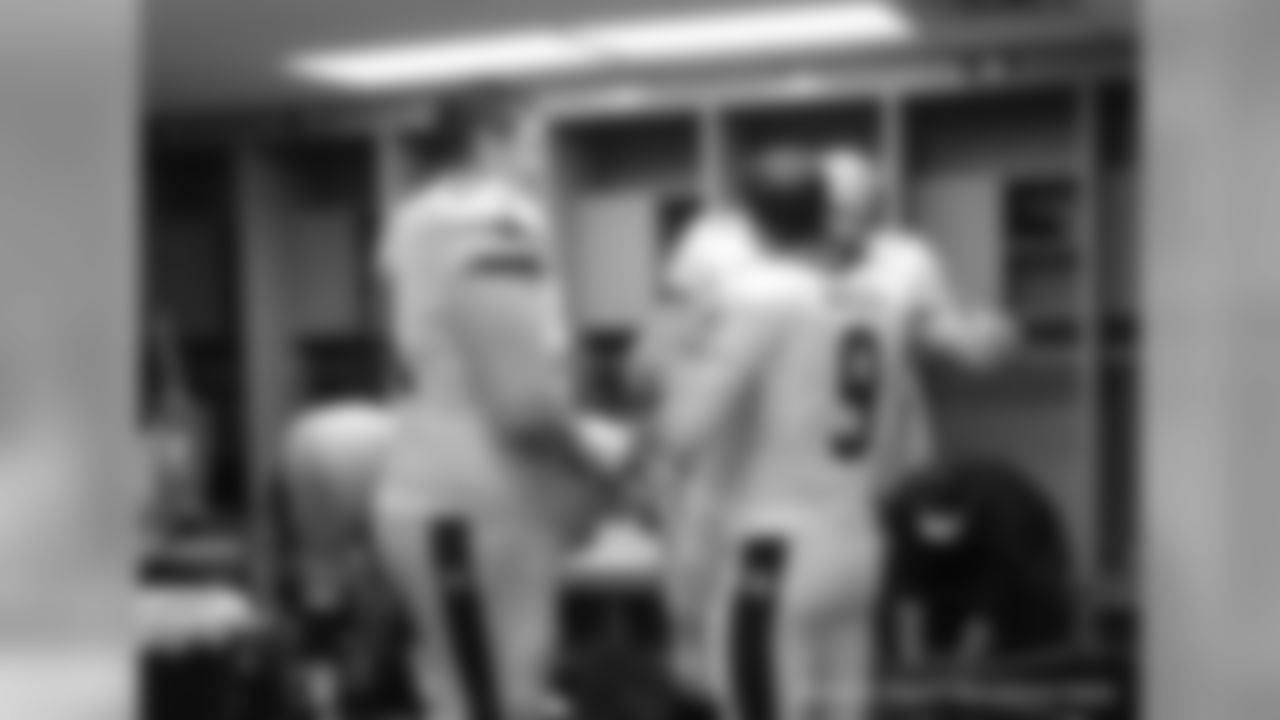

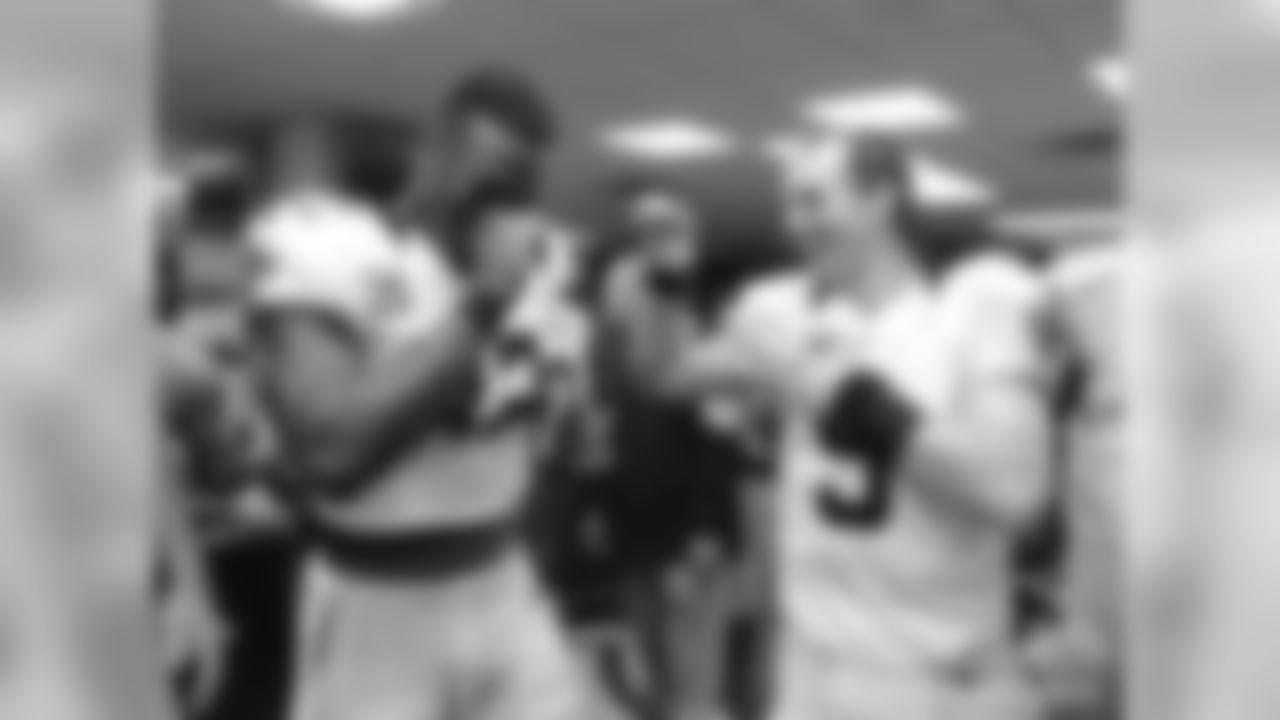

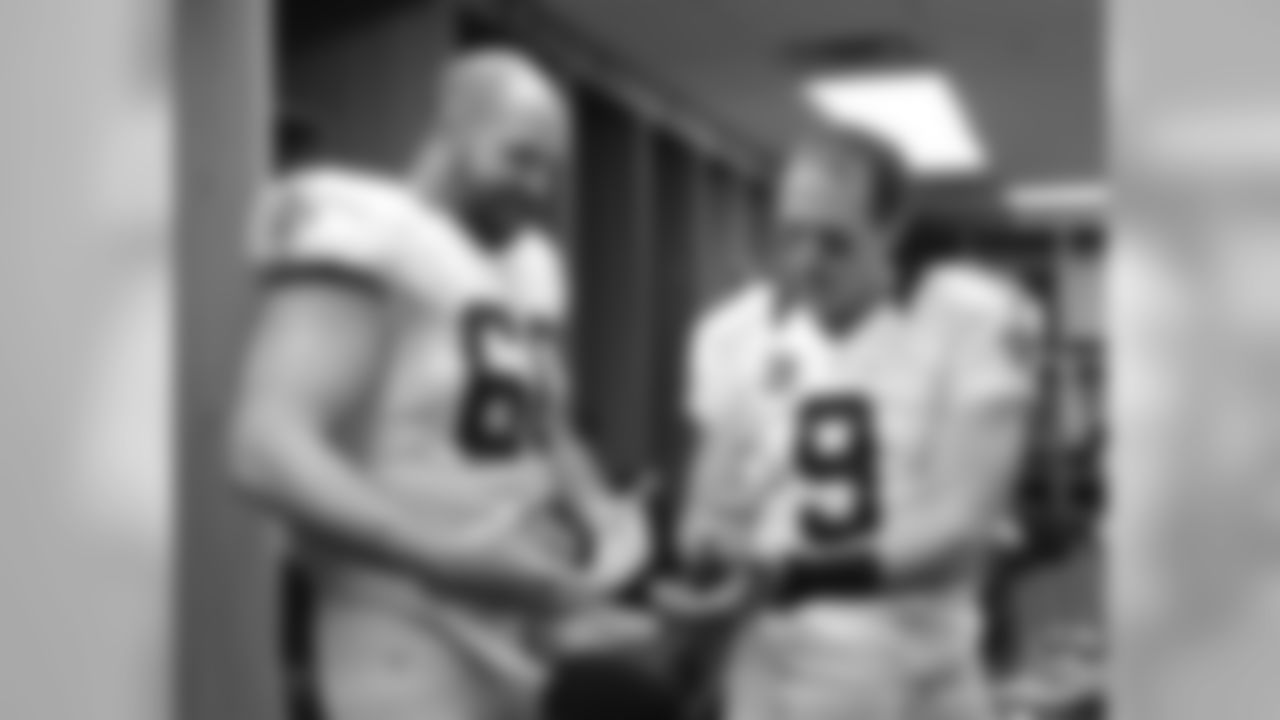
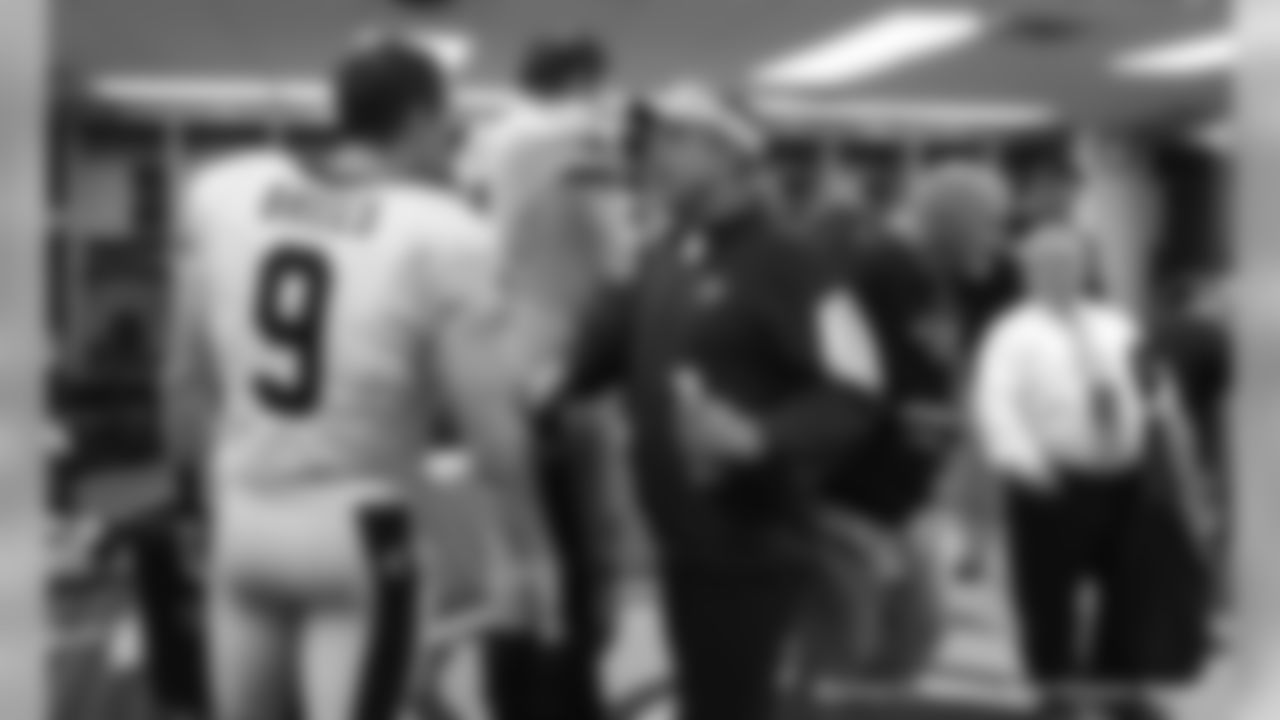




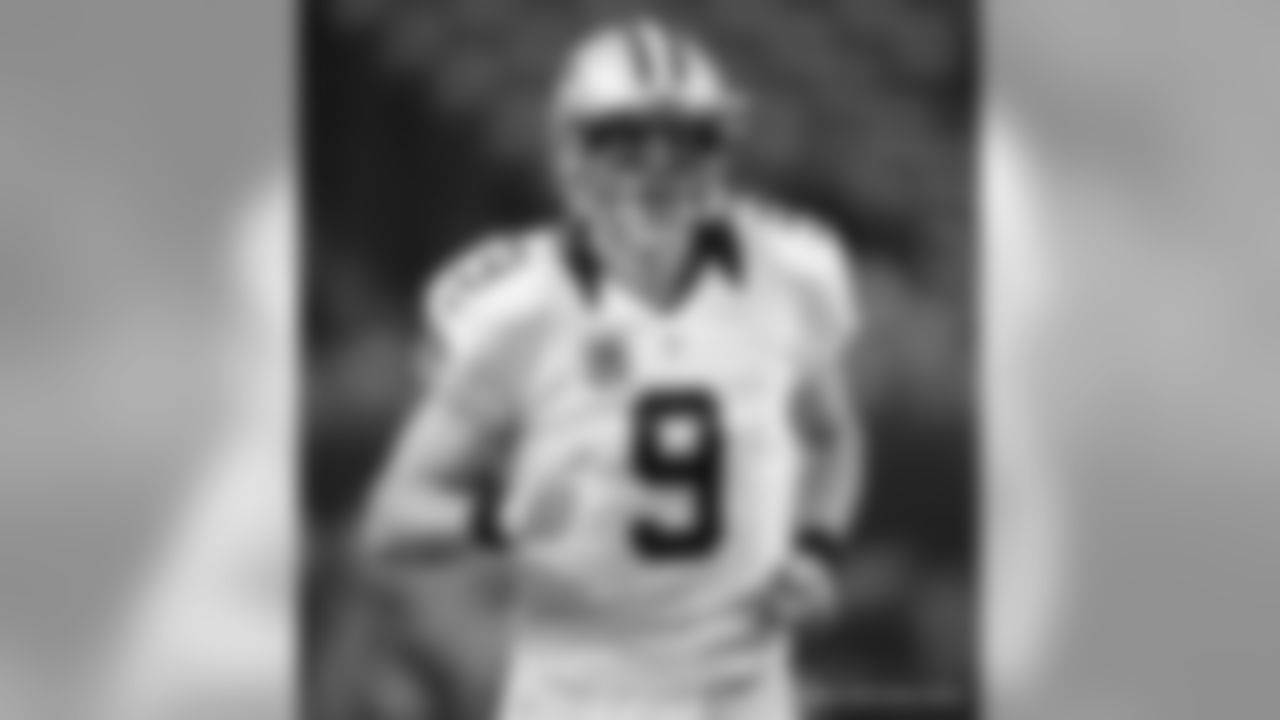






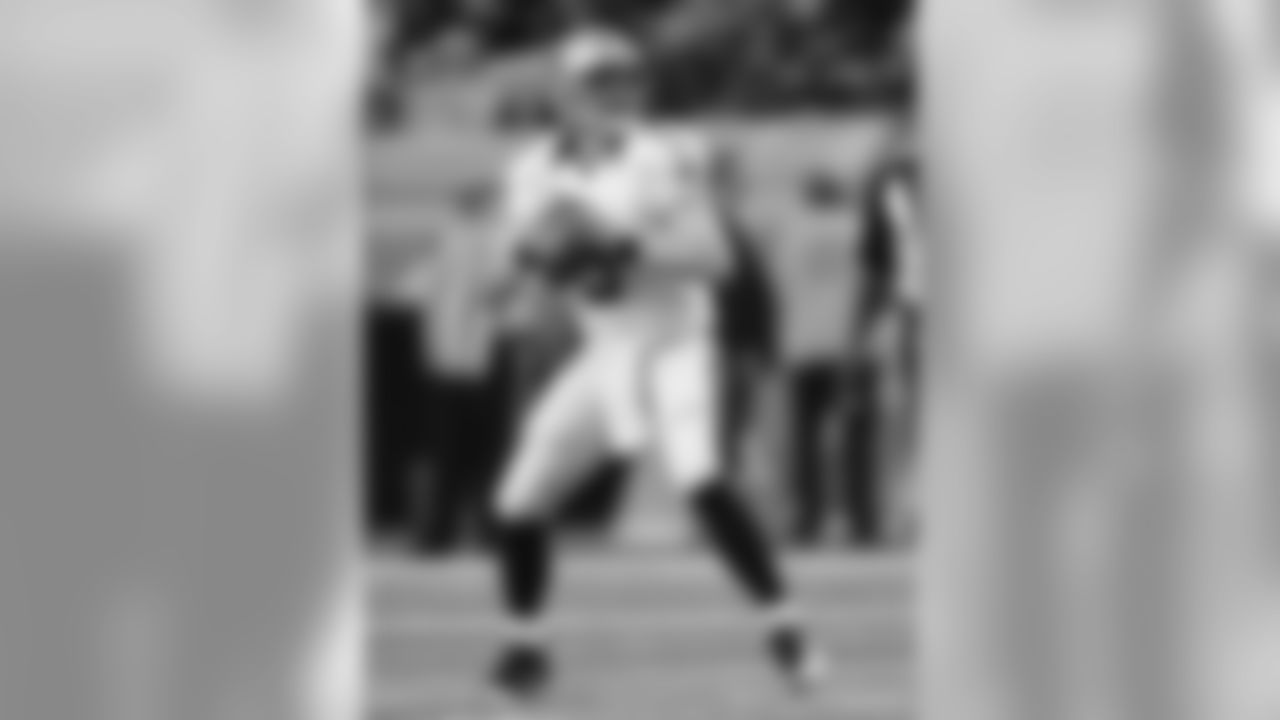



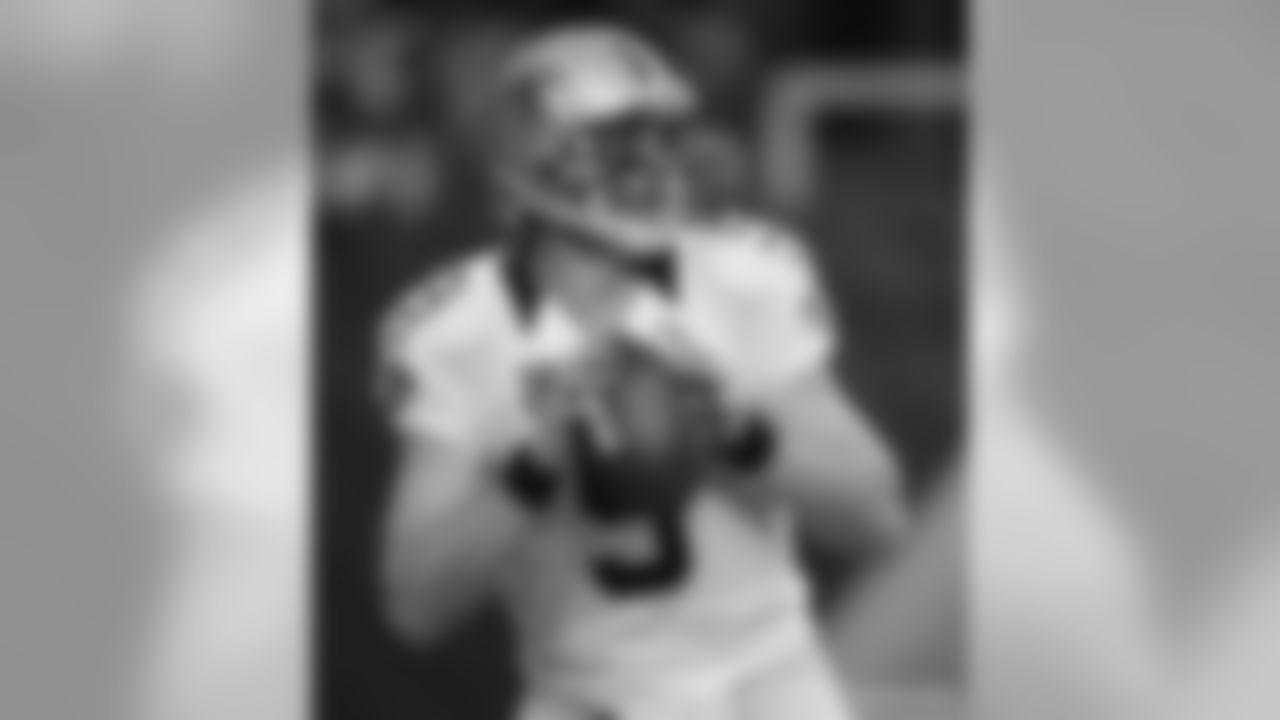




















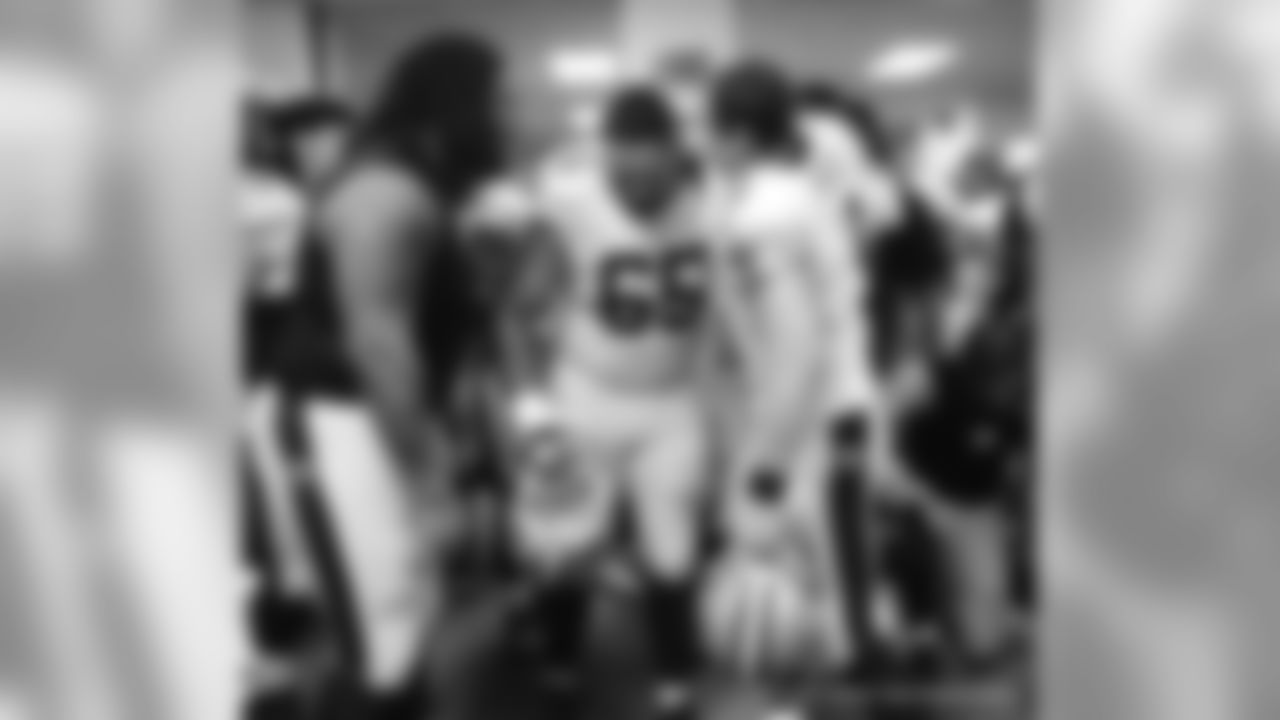





















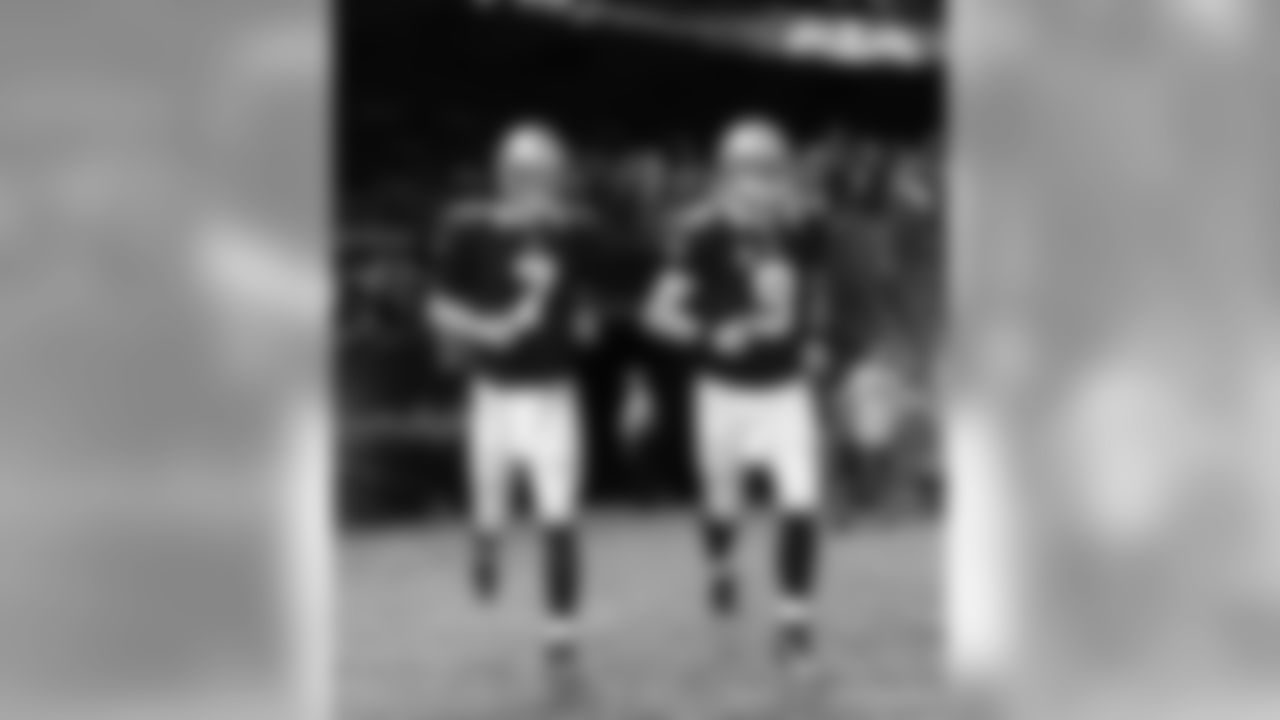




























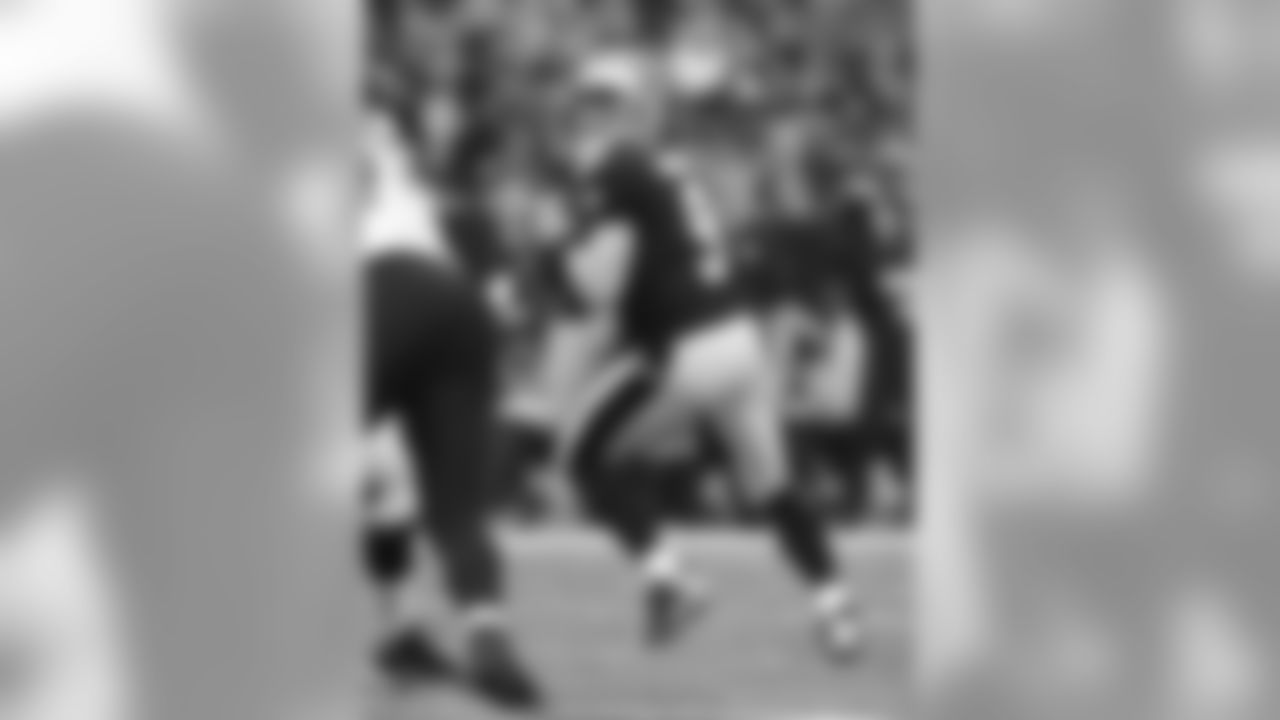































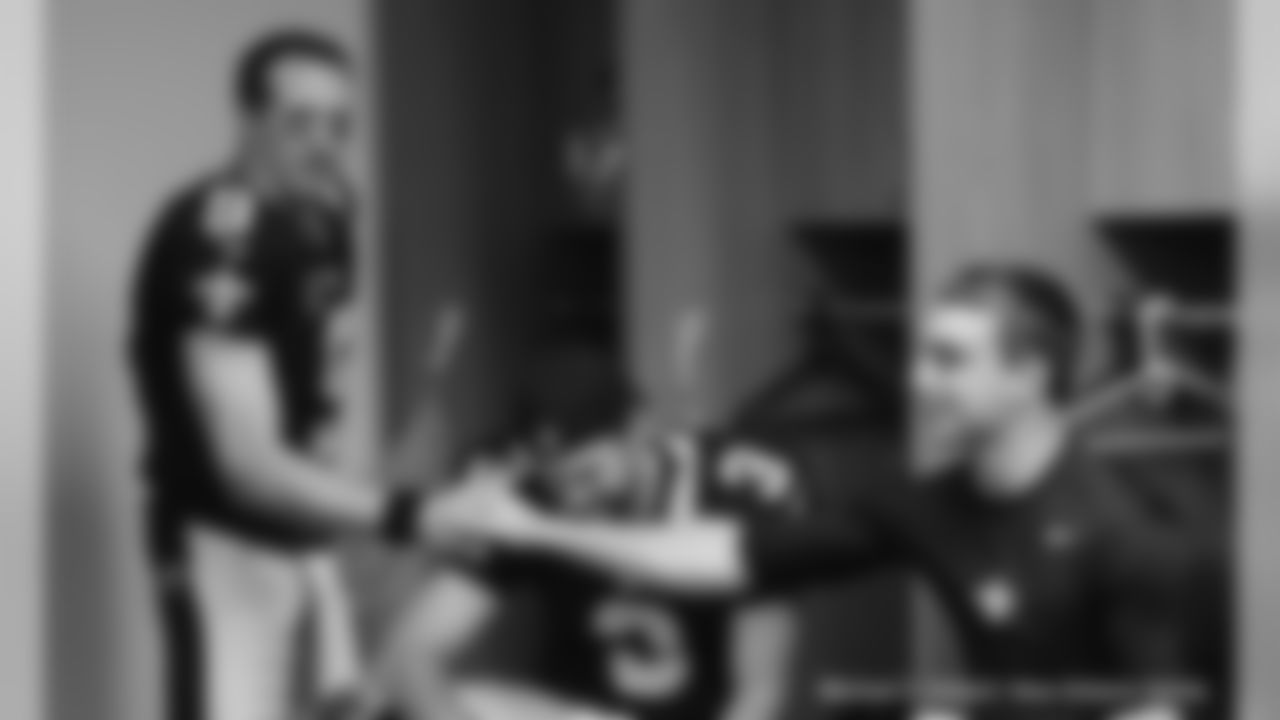



















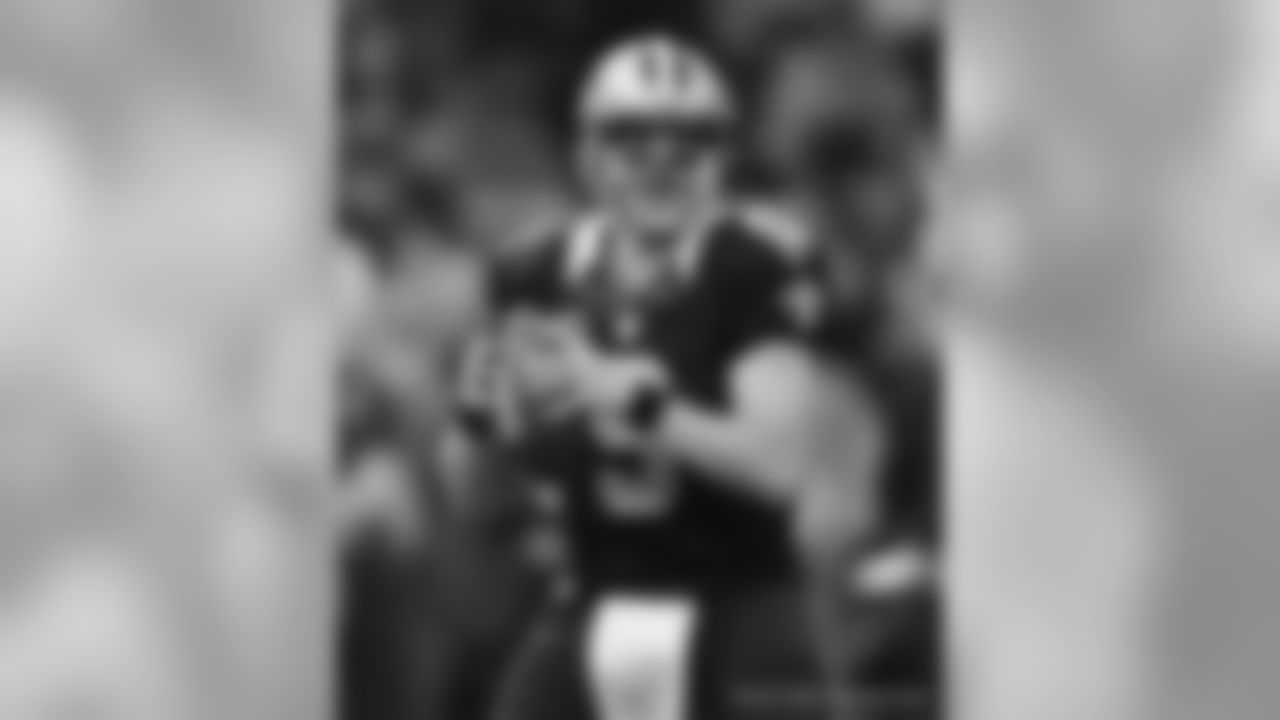



















































































































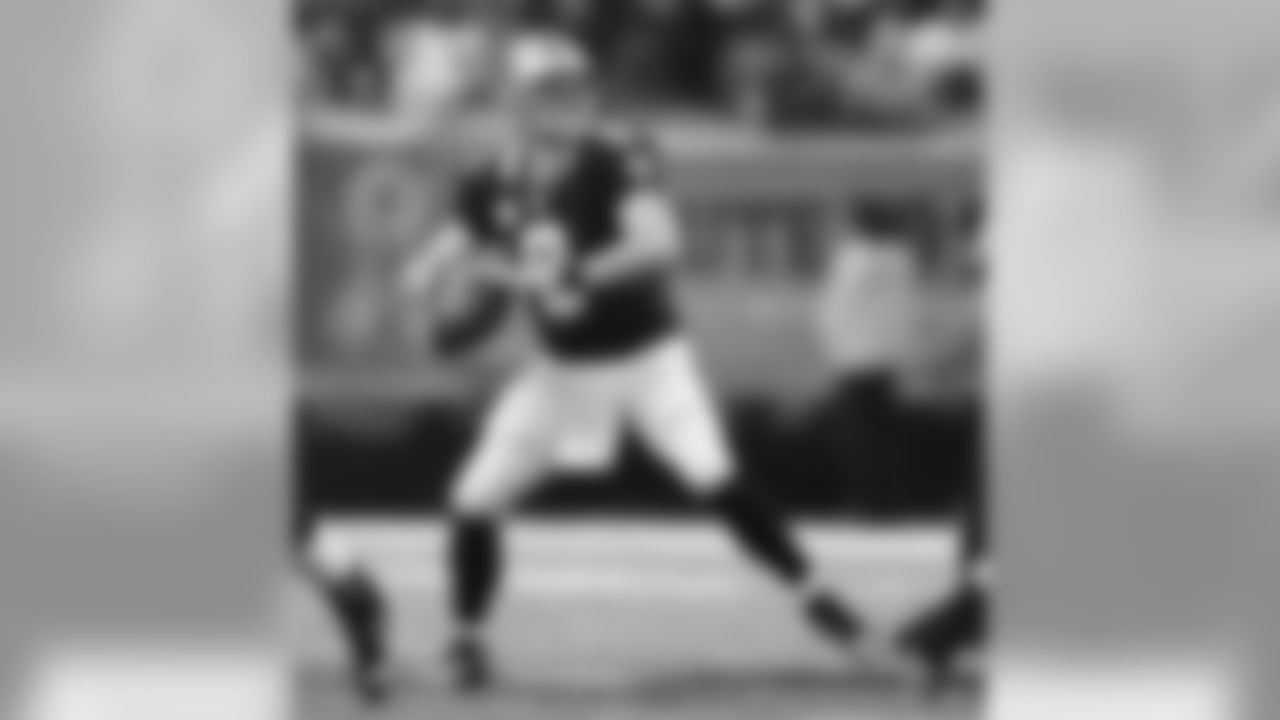
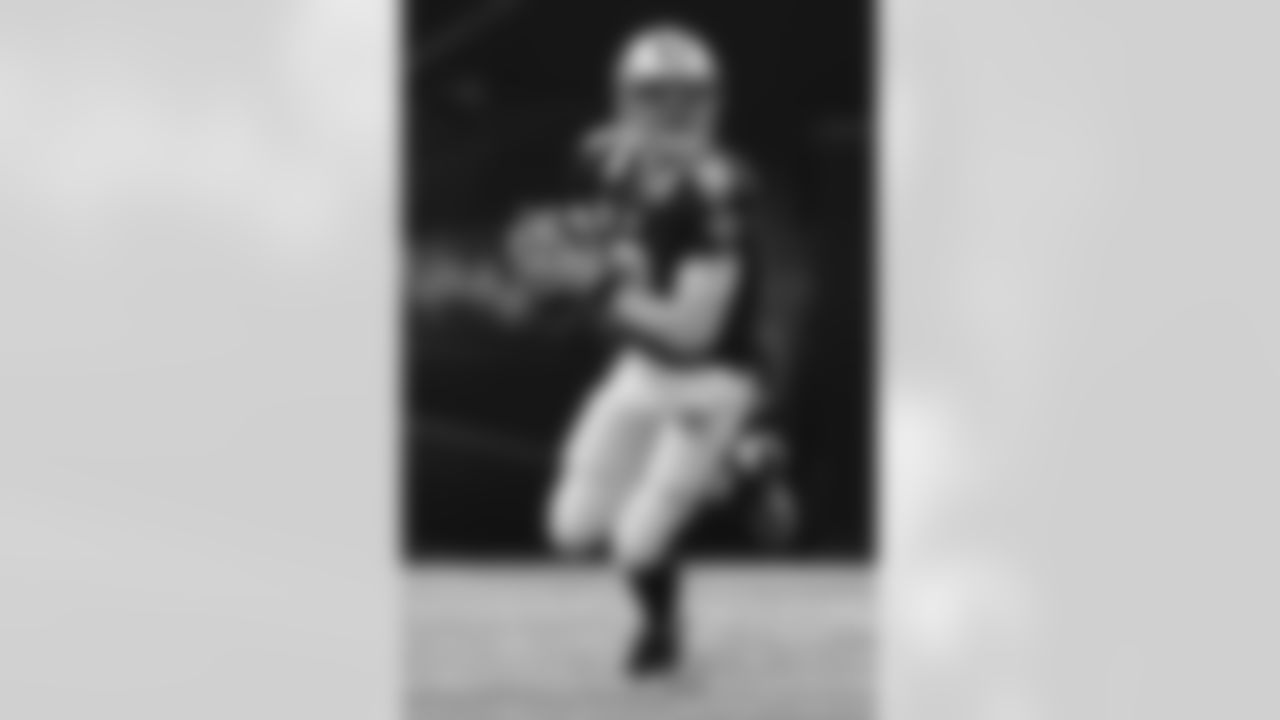





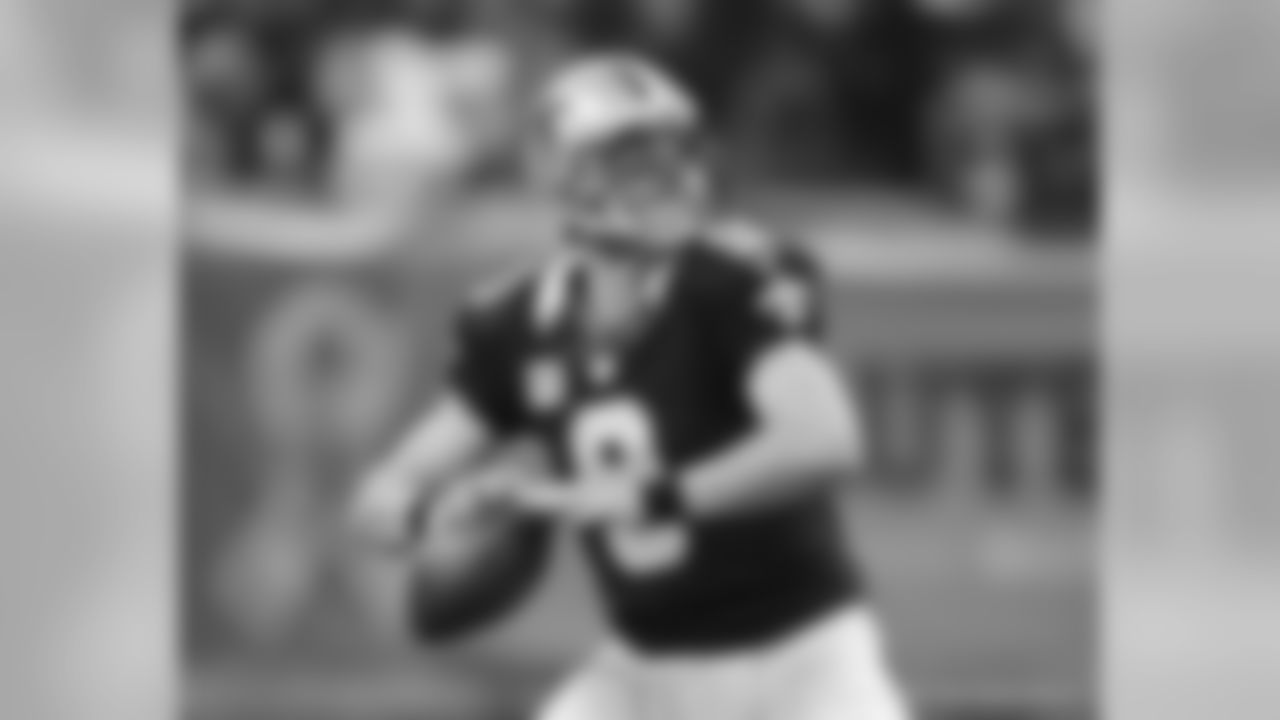



Statistically, the 2015 season wasn't the best of Drew Brees' sterling career.
He has passed for more yards and touchdowns than the 4,870 and 32 that he totaled, respectively, this season (five and seven times, to be exact). He has compiled a better touchdown-to-interception ratio than 2.9-to-1 (four times), completed a higher percentage of his passes than 68.3 (four times), led the Saints to more victories than seven (six times).
But you'd be hard-pressed to find a better total season for the New Orleans Saints' record-setting quarterback.
Brees led the league in passing yards for a league-record sixth time – all in his 10 seasons as a Saint – despite missing a game.
The bruised rotator cuff in his right (throwing) shoulder sustained against Tampa Bay in the second game of the season forced him to miss the third game of 2015, against Carolina. It was the first game of his Saints career that he missed due to injury, but it wasn't the only known injury that he dealt with.
Against Detroit, in the 14th game of the season, Brees suffered a Grade 2 tear of the plantar fascia in his right heel in the first half. He entered his postgame news conference wearing a walking boot, and didn't practice with his teammates in their first work during the short week.
But those were the only signs that Brees was slowed.
In the second half against Detroit, he completed 21 of 31 passes for 231 yards and three touchdowns, with no interceptions, in the 35-27 loss. And that aligned with his performances in the final two games, victories over Jacksonville and Atlanta.
In a 38-27 victory over the Jaguars in the Mercedes-Benz Superdome, he completed 25 of 36 passes for 412 yards and three touchdowns, without an interception. And in the season-ending, 20-17 win against the Falcons at the Georgia Dome, he completed 32 of 42 passes for 323 yards and a touchdown, without an interception.
Brees didn't commit a turnover in the last four games, and his total of 13 (including two lost fumbles) was the fewest he has committed since 2009.
Was there mention of the fact that he did it all without Jimmy Graham, with a patchwork offensive line, having to establish a new go-to receiver?
Graham, the most productive tight end in franchise history, was sent to Seattle in a trade that yielded starting center Max Unger and a first-round draft pick that became linebacker Stephone Anthony. He ably was replaced by 35-year-old tight end Benjamin Watson, who had career highs in receptions (74), receiving yards (825) and touchdowns (six).
The offensive line often was in flux – Senio Kelemete started the season finale at left tackle, a position that the guard/center hadn't played much since his senior season at the University of Washington in 2011, right guard Senio Kelemete missed five games with injuries, and first-round pick Andrus Peat started at left tackle and left guard because of injury and performance. Still, Brees chugged along, though he was sacked 31 times (second-most in his career, trailing the 37 times he was taken down in 2013).
And with the production of Marques Colston, Brees' primary target for 10 seasons and the leading receiver in franchise history, slipping this season, he found two more top options in second-year receivers Brandin Cooks and Willie Snead. Cooks, a first-round pick in 2014, had his first 1,000-yard season (1,138 yards and nine touchdowns on 84 catches) and Snead, an undrafted rookie in 2014 who was cut by Cleveland and Carolina, caught 69 passes for 984 yards and three scores.
The constant was Brees, who didn't have his best statistical season, but likely had one of his best seasons.
"It could always be better," he said. "Dealing with the shoulder earlier in the year was – obviously, I've had, just like anybody that plays this game, a lot of things over my career that potentially could have sidelined you, and that you have to fight through.
"I remember having to miss a game so that was difficult, just to absorb that fact at the time. I felt like I responded well from that, just the way that my body felt and the way that my body responded, just kind of my plan for rehab, mind-set and all of those things.
"As you get older, one of the things that comes with the aging process, as people say, is that you're not going to recover as fast. I've said it many times, I feel like there is nothing that I can't do now that I couldn't do 10 or 15 years ago. That includes my recovery, and I think a lot of that has to do with the people I have around me, the people in the training room and my routine.
"As long as I am having fun, staying healthy, and keep playing at a high level, I'm going to play as long as I can. You're going to battle through these things throughout your career."
Battling through is one thing; playing at Brees' level while battling through, totally another stratosphere.














